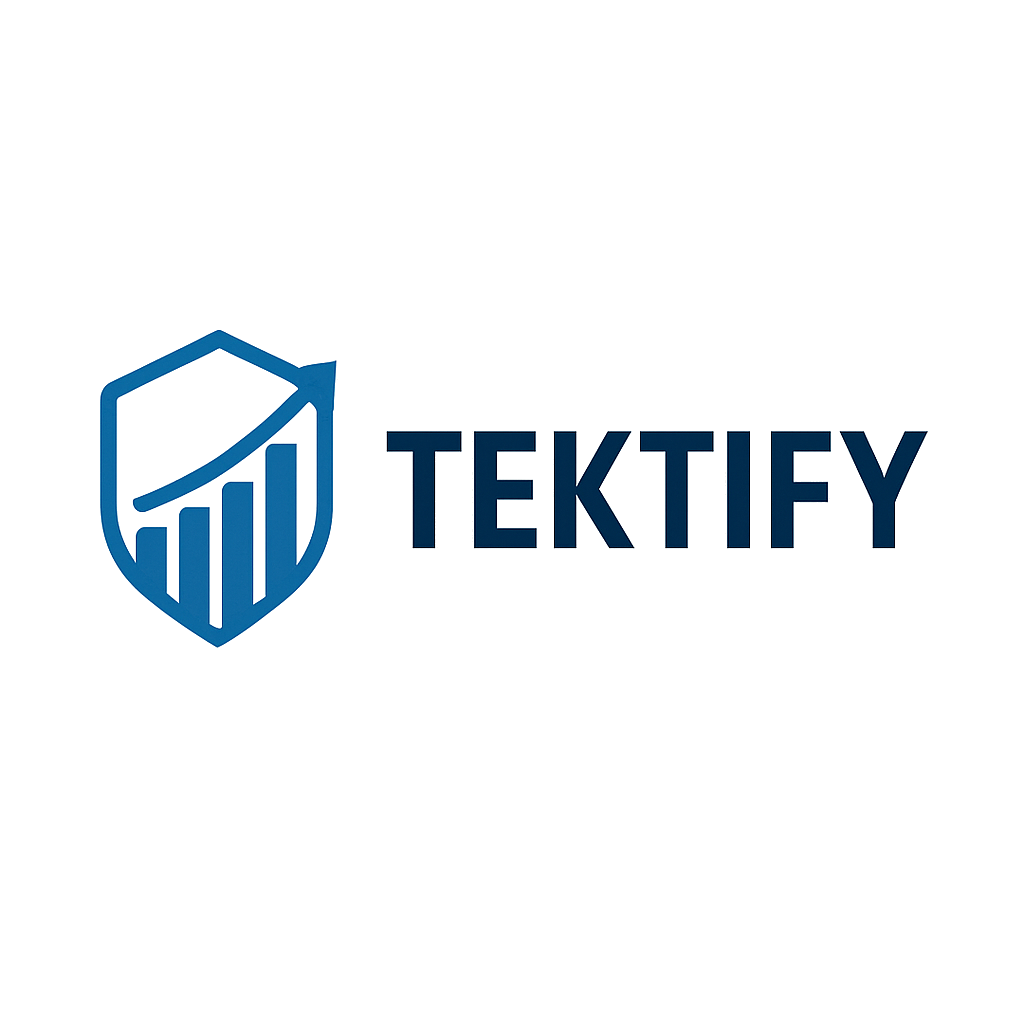
The Future of Web Development : Trends, Technologies, and Best Practices
In today’s digital-first world, a business’s online presence is often its most valuable asset. From small startups to global enterprises, every organization relies on websites and web applications to connect with customers, showcase products, and drive growth. As we step further into 2025, web development continues to evolve rapidly, shaped by emerging technologies, user expectations, and design innovations. Understanding these trends is crucial for developers, designers, and businesses aiming to stay ahead of the curve.
1. The Evolution of Web Development
Web development has come a long way since the early days of static HTML pages. Modern websites are dynamic, interactive, and powered by a mix of front-end and back-end technologies. Frameworks like React, Angular, and Vue.js have transformed the front-end landscape, while Node.js, Django, and Laravel have revolutionized server-side development.
In 2025, the web is no longer just about displaying information it’s about creating immersive digital experiences. Websites now need to be fast, responsive, secure, and intelligent to meet modern user demands.
2. Progressive Web Apps (PWAs): The Bridge Between Web and Mobile
Progressive Web Apps (PWAs) are one of the most important innovations in recent years. They combine the best features of web and mobile apps offering offline access, push notifications, and lightning-fast loading speeds. Businesses like Twitter, Starbucks, and Pinterest have already seen massive engagement increases with PWAs.
In 2025, PWAs continue to dominate because they reduce development costs while delivering native-app-like experiences directly through browsers. For startups and small businesses, they’re a cost-effective solution to reach users across all devices.
3. The Rise of AI and Automation in Web Development
Artificial Intelligence (AI) has transformed web development from both a design and functionality perspective. AI-powered design tools, such as Wix ADI and Framer AI, can now generate layouts, color palettes, and even content automatically. Meanwhile, AI-driven analytics help developers understand user behavior and optimize performance.
On the user side, AI chatbots, voice assistants, and personalized recommendations have become standard features on modern websites. Integrating AI enhances user experience, improves engagement, and drives conversions making it an essential component of future-ready web development.
4. Web Performance and Core Web Vitals
In an age where attention spans are shorter than ever, website speed can make or break a business. Google’s Core Web Vitals metrics like loading performance, interactivity, and visual stability have become key ranking factors.
In 2025, developers are focusing more on performance optimization, including image compression, code minification, lazy loading, and server-side rendering. A fast and seamless experience doesn’t just improve SEO but also boosts user satisfaction and retention.
5. Responsive and Mobile-First Design
With mobile traffic accounting for over 60% of global internet usage, mobile-first design is no longer optional it’s a necessity. Websites must adapt seamlessly to different screen sizes and orientations. Responsive frameworks like Bootstrap 5 and Tailwind CSS make this process easier, ensuring consistency across all devices.
Developers are also paying more attention to accessibility (a11y), ensuring that websites are usable for everyone, including those with disabilities. Features like keyboard navigation, proper color contrast, and ARIA labels are now standard best practices.
6. The Role of JavaScript Frameworks
JavaScript remains the backbone of web interactivity. Frameworks like React, Vue.js, and Svelte continue to dominate, while newer tools such as Next.js and Remix are redefining the boundaries of performance and developer experience.
In 2025, server-side rendering (SSR) and static site generation (SSG) are becoming more popular for their ability to deliver blazing-fast load times and improve SEO. Full-stack frameworks like Next.js and Nuxt.js empower developers to build scalable, high-performance web applications more efficiently.
7. Web Security: A Top Priority
As cyber threats grow more sophisticated, web security has become a central focus for developers. From securing APIs and databases to implementing HTTPS and authentication protocols, protecting user data is non-negotiable.
Key practices include:
- Using SSL/TLS certificates for data encryption
- Implementing multi-factor authentication (MFA)
- Conducting regular security audits and vulnerability scans
- Keeping dependencies and frameworks updated
A secure website not only protects data but also builds user trust a priceless asset in the digital economy.
8. The Emergence of No-Code and Low-Code Development
No-code and low-code platforms like Webflow, Bubble, and OutSystems are revolutionizing web development by enabling non-technical users to build functional websites and apps. These tools accelerate development, reduce costs, and empower entrepreneurs to bring ideas to life faster.
However, while these platforms simplify the process, professional developers remain essential for complex, scalable, and secure applications. In 2025, the best results come from a hybrid approach, blending automation with human expertise.
9. The Future: Web 3.0 and Beyond
Web 3.0 the decentralized internet is gradually reshaping how websites and applications are built. Blockchain technology, cryptocurrencies, and smart contracts are giving users more control over their data and online identities.
For developers, this means exploring decentralized apps (dApps), peer-to-peer networking, and new forms of authentication. While still in its early stages, Web 3.0 holds immense potential for transforming the future of online experiences.
Conclusion
The world of web development in 2025 is more dynamic, fast-paced, and innovative than ever before. With advancements in AI, automation, performance optimization, and security, developers have powerful tools to create exceptional digital experiences.
To stay relevant, web developers and businesses must embrace continuous learning, adapt to emerging technologies, and prioritize user experience above all else. The future of the web is bright and those who innovate today will lead the digital world tomorrow.


